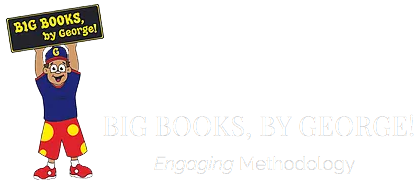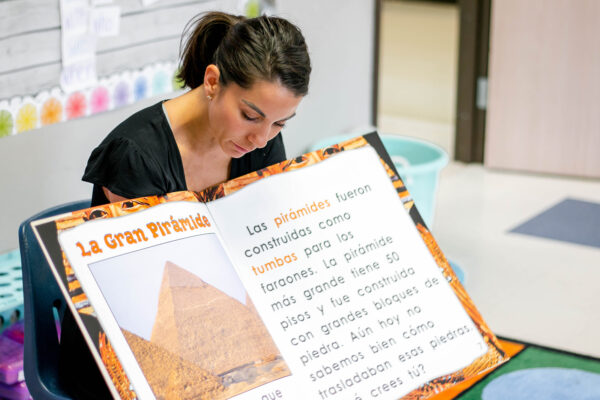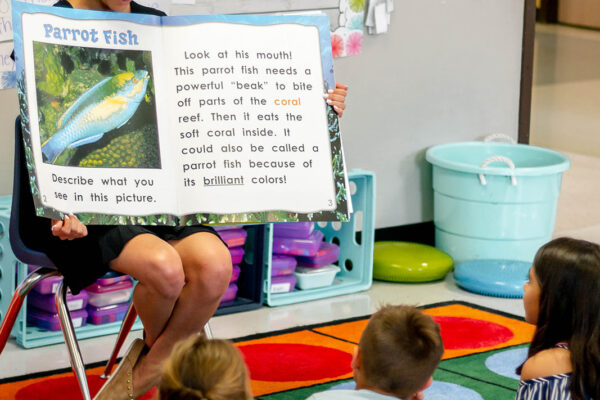A recent study confirmed that when integrating Literacy with content area instruction (social studies and science) in pre k through 5th grades, vocabulary and comprehension significantly improved.
The development of reading skills through structured literacy, such as phonological awareness, syntax, semantics, and syllabic awareness significantly improves overall reading ability. To enhance reading ability even more, especially with English learners, using these skills within content area instructions can be highly effective.
Many studies have found that there are actually many variables in play when EL’s are beginning to read. One such variable is background knowledge. One study, in step with a highly engaging book, “ The Knowledge Gap” by Natalie Wexler maintains that children with little background knowledge of a certain subject, but with high reading skills were outperformed by children who had higher background knowledge, but lower reading skills, indicating that context and vocabulary are just as essential as phonics in order to gain comprehension in reading. And since the goal of reading is to comprehend after all, this is a valuable skill.
Even more so, with English Learners, pure phonics instruction in a new language could actually prevent a child from learning essential vocabulary and comprehension skills that don’t necessarily follow the pattern of phonics rules. Timothy Shanahan, author of many bilingual literacy books maintains that children learn best when learning the rules of language first in their native language and then adapt it to their new language. When focusing purely on phonics instruction, Shanahan writes that, “ …for those who don’t know the meanings of those English words, decoding provides pronunciation, but not comprehension. In other words, phonics is a necessary but insufficient condition for reading comprehension.” By first teaching children in their native language, and aiding with, but not only with phonics in content area instruction, children are still learning and comprehending subject material, and using what they know to make transfers into a new language. When doing so, children are making essential connections between two languages, allowing them to use more of their available resources to read and comprehend.

To facilitate this in the classroom, teachers can truly lean on background knowledge, literacy skills, and vocabulary. Content area instruction makes use of vocabulary and background knowledge to aid in comprehension. Vocabulary can be expanded using pictures and visuals, and while being used to get certain subjects across. Furthermore, background knowledge of a certain subject for content area instruction can help students to focus on relevant vocabulary words in order to make sense of the subject. When this is integrated with literacy, such as using appropriately worded texts for a large majority of the words in a content specific reading material, then you have huge opportunities to use each of these pillars to move the English Learner forward.
Even more so, recent studies have found a link between the use of “high coherence” texts and comprehension. “High-coherence texts provide explicit clues as to the relationships within and between sentences and typically include linguistic devices such as headings and connectives (like because and however) to help link or contrast ideas.” This helps to free up essential “brain power” for students to group items together or make sense of a sentence more easily without exhausting their linguistic resources. This helps guide the student toward making correct and strong inferences, and to focus on the actual material rather than trying to just make sense of each word.
The more easily this is accomplished, the more ready students are to utilize their literacy skills to succeed in all content areas. ReLeah Lent in ASCD explains that when utilizing literacy skills across content areas, there will need to be recognizable shifts in the way students communicate. This includes using a more passive voice for science and non-fiction writing and reading, and for other subjects, such as history, to use sources for an effective narrative.
When students possess the right tools, they will be able to build and create across multiple disciplines and adjust their literacy abilities to any particular subject area. This is to truly master literacy, and it should be the goal for each and every English Learner, no matter where they begin on their journey.




